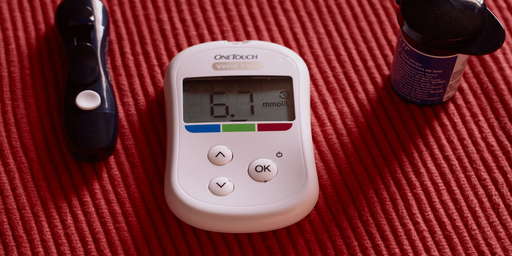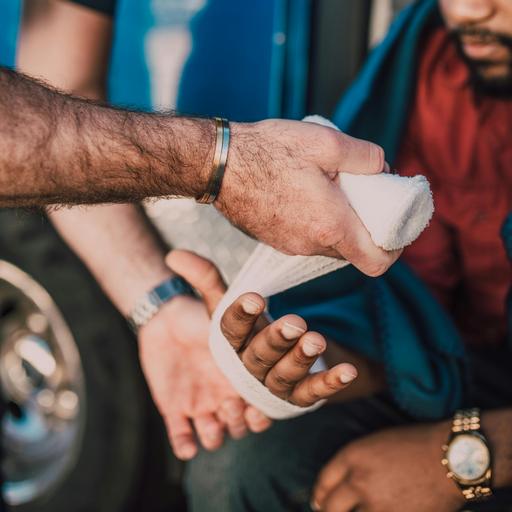Why African Americans Face a Great Risk of Diabetes

African Americans experience higher rates of diabetes than any other racial group. According to the U.S. Department of Health and Human Services’ Office of Minority Health, African Americans are 60% more likely to be diagnosed with diabetes than their white counterparts.
Diabetes happens when your body’s blood sugar levels rise higher than normal. When we eat, our body breaks down food into sugar, and send it into the blood. Insulin then helps move the sugar from the blood into your cells. At this time the sugar enters your cells, and is either used as fuel for energy immediately or stored for later use. But in the case of diabetes, there is a problem with insulin – which varies by the type of diabetes.
With type 1 diabetes, your body mistakes insulin as a foreign invader, and does not produce enough of it. This is more common in younger children, but happens in older ones as well.
With type 2 diabetes, your body does not know how to produce insulin properly, produces more insulin. Prediabetes can lead to type 2 diabetes.
Gestational diabetes that occurs during pregnancy. For most women, blood sugar levels return to normal after pregnancy.
Individuals with diabetes must manage their sugar levels closely to ensure it doesn’t rise or fall,
Symptoms of Diabetes include:
- Increased thirst and hunger
- Frequent urination
- Unexplained weight loss
- Fatigue
- Irritability
- Blurred vision
- Presence of keystones – a byproduct of the breakdown of muscle and fat when there’s not enough insulin – in the urine
- Frequent infections, include gum, skin and vaginal infections
Risk Factors vary for type 1 and type 2 diabetes.
For Type 1 Diabetes
- Family history
- Environmental factors
- The presence of damaging immune system cells
- Geography
For Type 2 Diabetes
- Weight
- Inactivity
- Family history
- Race or ethnicity
- Age
- Polycystic ovary syndrome
- High blood pressure
- Abnormal cholesterol and triglyceride levels
Causes
Some studies argue that the reason for heightened diabetes in African Americans in diabetes.
A 2017 study from the National Institute of Health determined that there isn’t a secret reason for increased rates of diabetes in African Americans. The underlying factor is obesity.
Yet why is obesity common in the African American community?
Research shows that one quarter of African American girls ages 6 to 11 are obese, and 25% of African American adolescent are obese, and 60% of Black women are obese.
African American women and girls are highly exposed to the marketing of low-nutrition foods and less access to recreational opportunities and as a result are more sedentary, with incredible levels of stress.
-
Lack of Access to Healthy Foods: Minority communities have lower access to healthy foods and are at a higher risk of obesity. Studies show that predominantly white neighborhoods provide access to twice as many healthy food outlets as neighborhoods comprised of predominantly black residents. In addition, low income neighborhoods have just 75% of chain supermarkets available in higher income neighborhoods.
-
Recreational Opportunities: While public parks and recreational spaces are present in urban, suburban and rural communities across the nation, the distribution of amenities is not equal. A study conducted in Baltimore found that although African Americans had easier access to parks than their White counterparts, White people has access to more parkland within walking distance. As a result, African Americans experienced more congestion in their neighborhoods.
-
Stress: African Americans can experience high levels of stress due to systemic racism, discrimination and associated socioeconomic factors. Studies have linked discrimination and stress to higher levels of inflammation.
While type 1 diabetes can’t be prevented, pre diabetes and type 2 diabetes can be managed by lifestyle choices – including eating healthier foods, increasing physical activity and by losing weight.


